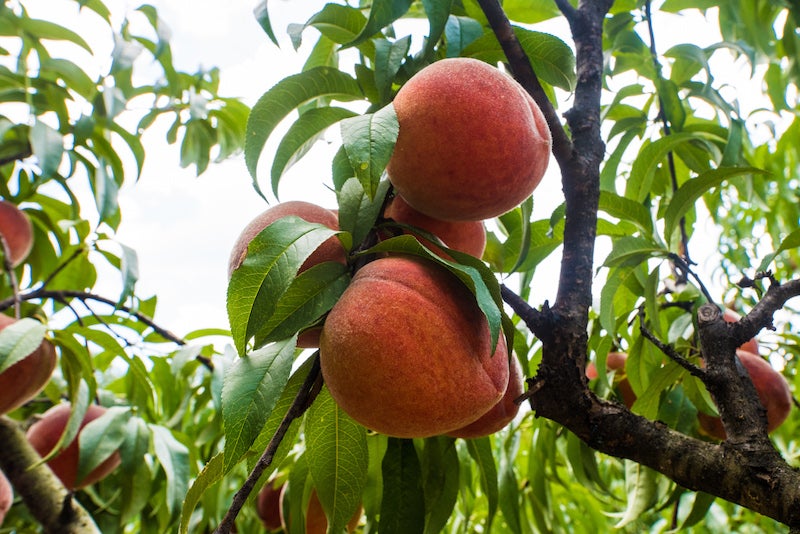Multiple factors impacting peach crop
Published 8:43 am Monday, April 27, 2020

- These peaches were a part of the 2019 crop. Despite a record warm December, this year's crop is still thought to be on track for a good harvest. (FILE)
|
Getting your Trinity Audio player ready...
|
By JOYANNA LOVE/ Senior Staff Writer
Recent cooler nights have not been cold enough to damage peach blossoms, but a variety of other things are having a negative effect on this year’s peach crop.
Dr. Edgar Vinson, assistant extension professor for the Alabama Cooperative Extension System, said standing water, common diseases and cold nights in February that killed some of the earliest blooms have all impacted the fruit.
“It’s a developing story,” Vinson said. “It is really in flux now. It is hard to say (what the harvest would be). I would expect that the crop will be down this year.”
All orchards may not be impacted by the factors affecting the peach trees this year.
“Our growers are still working hard … to get a crop out,” Vinson said.
Vinson said farmers are finding some fruit they thought would develop not make it to the harvest.
“We are seeing a lot of trees with some blooms that had developing fruit on them, only later to find out that those blooms were not viable,” Vinson said.
One factor causing this is a disease caused by fungus attacking the fruit “in the bloom stage or if it is a pretty severe case it can actually attack the fruit at green fruit (stage).”
“What typically happens is we will see it in ripe fruit on the tree,” Vinson said.
When the disease is in fully developed fruit, it is called green rot.
“It is a disease that farmers are fighting every year,” Vinson said.
Blossom blight is the name given to the disease on blossoms.
Standing water from heavy rains this year and late last year have caused some issues.
“Soils were beyond saturated, so naturally we would have pooling in some orchards,” Vinson said. “… Peaches don’t tolerate standing water very well at all, and the effects of that will probably be noticed later. Although, … some root stocks that ordinarily resistant to certain conditions, we are seeing them succumb to those diseases I think in large part to standing water in the orchards, lack of oxygen.”
A few varieties of peaches also had not accumulated enough chill hours.
“It wasn’t really severe, but one of the conditions that is caused when we do have a lack of chill is that there is a … longer bloom period,” Vinson said.
In orchards where the disease was present, this longer bloom period meant the blooms were exposed to it for a longer period of time than varieties that had enough chill hours.
“That was the main reason that the lack of chill was an issue this year,” Vinson said.
Optimal chill hours vary depending on the type of peach being grown.
Recent storms do not seem to have caused much damage to peach orchards. Vinson said he had not heard of any peach orchards with downed trees from the straight-line winds.
“For the most part as far as I can tell, the winds really weren’t a big issue for the peach trees,” Vinson said.






